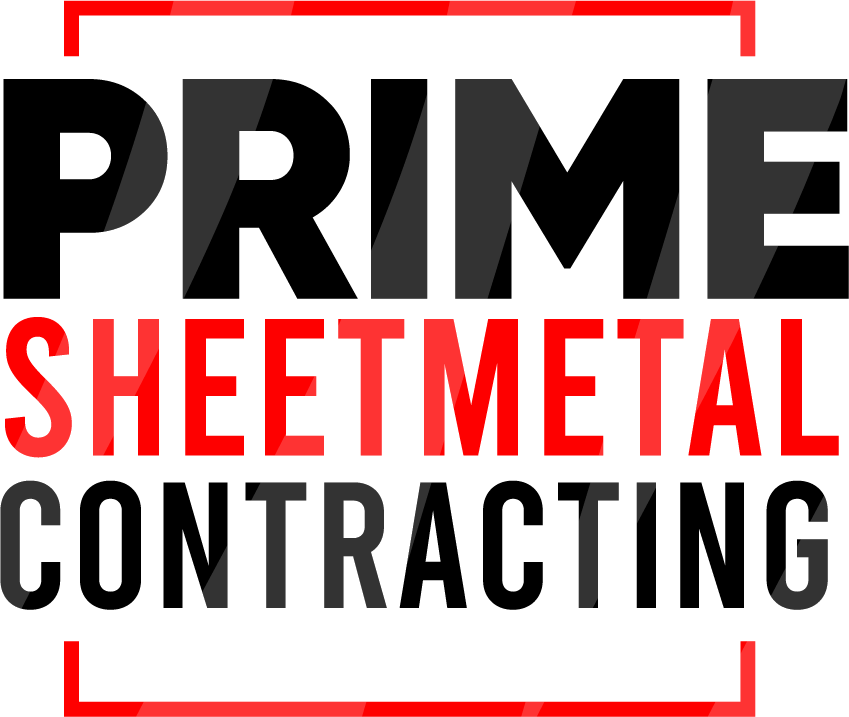Service
Sheet Metal Fabrication
Service
Sheet Metal Fabrication
Sheet metal fabrication stands as a dynamic and essential process that has brought about revolutionary changes across industries, from construction to electronics. By turning flat metal sheets into intricate and functional structures, this technique has become a cornerstone of contemporary manufacturing. In this article, we will explore the realm of sheet metal fabrication, shedding light on its methods, applications, and its pivotal role in shaping the modern world.


Unraveling the Concept of Sheet Metal Fabrication
Sheet metal fabrication represents a manufacturing process that encompasses cutting, bending, shaping, and assembling metal sheets to craft a diverse range of products and structures. These sheets can range from thin foils to thicker plates and are primarily composed of metals like steel, aluminum, brass, and copper. The process demands meticulous precision and expertise, as even the slightest errors can jeopardize the integrity of the final product.
Key Processes in Sheet Metal Fabrication
- Cutting: Cutting is the foundational step of sheet metal fabrication. Advanced techniques such as laser cutting, plasma cutting, and waterjet cutting are employed to precisely shape the metal sheet according to the desired design.
- Bending and Forming: Bending involves manipulating the sheet to achieve specific angles or curves. This is often done using press brakes or roll-forming machines, which exert force to create the desired shape without damaging the metal.
- Joining: Joining involves connecting separate pieces of sheet metal to form a single, cohesive structure. Techniques like welding, riveting, and fastening are commonly used to achieve strong and durable bonds.
- Stamping: Stamping uses a die and a press to create patterns, logos, or specific shapes on the metal sheet’s surface. This process is widely used in industries like automotive manufacturing and appliance production.
Applications of Sheet Metal Fabrication
- Construction: Sheet metal fabrication is integral to the construction industry. It is used to create structural components, roofing, façades, and interior elements like staircases and railings.
- Automotive: The automotive sector relies heavily on sheet metal fabrication for manufacturing vehicle bodies, chassis components, and intricate parts like exhaust systems.
- Aerospace: In aerospace engineering, sheet metal fabrication produces aircraft components, including fuselage sections, wings, and engine parts, ensuring precision and durability under demanding conditions.
- Electronics: Sheet metal is used in the production of electronic devices and enclosures. Its conductivity properties make it suitable for creating casings that shield sensitive components from interference
Advantages of Sheet Metal Fabrication
- Precision and Customization: Sheet metal fabrication allows for intricate designs and precise measurements, making it ideal for producing custom parts tailored to specific requirements.
- Strength and Durability: Metal sheets, once fabricated, exhibit high strength and durability, ensuring the longevity of the final product.
- Efficiency: Modern fabrication techniques, such as CNC machining and automated bending, improve efficiency, reduce waste, and enhance overall productivity.
- Cost-Effectiveness: While the initial setup for sheet metal fabrication can be an investment, the long-term benefits of durability, ease of maintenance, and versatility often outweigh the costs.
- Recyclability: Sheet metal is highly recyclable, aligning with sustainability goals and reducing environmental impact.
